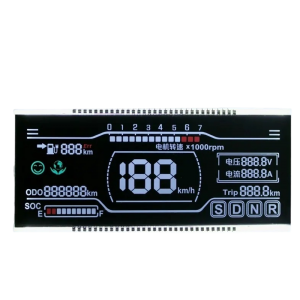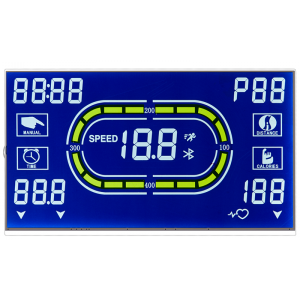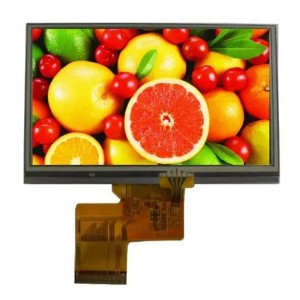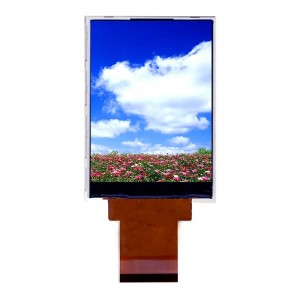With the constant development and innovation in technology, new and improved display options are constantly being introduced to the market. One such popular option is the LCD display, which comes in various forms such as TFT LCD display and Lcd Segment. In this article, we will take a closer look at what segment LCD display is, the advantages of LCD display, and the difference between TFT and Lcd Segment displays.
What is Segment LCD Display?
Segment LCD display, also known as Lcd Segment, is a type of display that is commonly used in low-cost consumer electronics, industrial equipment, and automotive instrument clusters. As the name suggests, the display consists of multiple segments that can be individually controlled to form alphanumeric characters, symbols, and simple graphic images. Each segment is made up of liquid crystal material, which can be turned on or off to create a specific pattern or image.
The segments are typically arranged in a grid pattern, with each segment representing a specific portion of the display. By controlling the activation or deactivation of these segments, different characters and symbols can be displayed on the screen. Segment LCD displays are commonly used in devices such as digital clocks, calculators, and appliances due to their cost-effectiveness and simplicity.


Advantages of LCD Display
There are several advantages of using LCD display technology, regardless of whether it is a segment LCD display or a TFT LCD display. Some of the key advantages include:
1. Low Power Consumption: LCD displays are known for their low power consumption, making them ideal for portable devices and battery-powered applications. This is especially true for segment LCD displays, which use minimal power to illuminate individual segments.
2. Thin and Lightweight: LCD displays are thin and lightweight, making them easy to incorporate into various devices and products without adding significant bulk or weight. This makes them a popular choice for smartphones, tablets, and other portable electronics.
3. High Contrast and Sharpness: LCD displays offer high contrast and sharpness, allowing for clear and legible content to be displayed. This is particularly important for applications such as digital instrumentation and consumer electronics, where readability is crucial.
4. Wide Operating Temperature Range: LCD displays are capable of operating within a wide temperature range, making them suitable for use in diverse environments and applications. This makes them a versatile choice for both indoor and outdoor use.



TFT LCD Display vs. Segment LCD Display
While both TFT LCD display and segment LCD display fall under the category of LCD technology, there are some key differences between the two types of displays. TFT LCD display, or Thin Film Transistor Liquid Crystal Display, is a more advanced form of LCD technology that offers higher resolution, faster response times, and better color reproduction compared to segment LCD displays. TFT LCD displays are commonly used in smartphones, tablets, televisions, and computer monitors, where high-quality visuals are essential.
In contrast, segment LCD displays are simpler and more cost-effective, making them suitable for applications that do not require high-resolution images or color displays. Instead, segment LCD displays focus on providing basic alphanumeric and symbolic information in a clear and easy-to-read format. This makes them ideal for devices such as digital watches, thermostats, and industrial equipment where simplicity and low cost are important factors.
In conclusion, LCD display technology, including segment LCD and TFT LCD displays, offers numerous advantages such as low power consumption, thin and lightweight design, high contrast and sharpness, and wide operating temperature range. Understanding the differences between segment LCD displays and TFT LCD displays can help you determine the most suitable display option for your specific application or product. Whether you are looking for a cost-effective solution for basic alphanumeric display or a high-resolution, color-rich display for multimedia content, LCD technology has a solution to meet your needs.
Post time: Feb-20-2024

